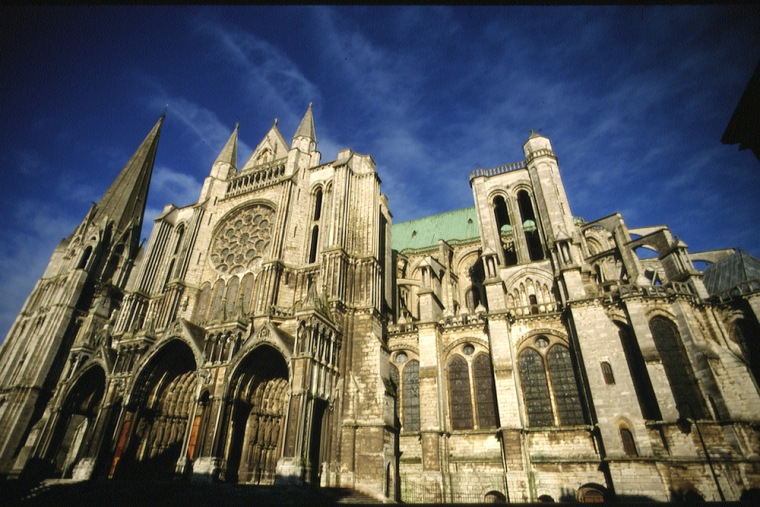Upon entering the dimly lit Notre Dame for the first time, the 19th-century architecture critic Eugène Emmanuel Viollet-le-Duc heard organ music and thought it was emanating from the sky framed by the Parisian cathedral's rose stained glass windows.
He was so overcome with emotion that he needed to be escorted out.
While today's visitors may not experience the same reaction, the towering spires, impressive arches and historic relics of many European cathedrals are nothing short of awe-inspiring. And since there are thousands of them, it's often difficult to determine which are must-sees.
A little historical and consumer research, however, will help narrow the choices and enrich the cathedral-going experience, which art historians say is otherworldly.
"A cathedral," says Stephen Murray, professor of art history and archaeology at Columbia University, "is a medium intended as a transport to somewhere else, and heaven is only one of the places."
Inside these walls
While there are countless grand churches in Europe, including Westminster Abbey in London and St. Peter's Basilica in Rome, only those that serve as the seat of a bishop can technically be called cathedrals.
The cathedral-building boom in Western Europe began in the 12th century, when budding nations like France and England had amassed agrarian wealth. A surplus of stone laborers and artisans once accustomed to building castles became a ready workforce for cathedral construction as well. Power struggles between church figures, kings and so-called heretics over the authority of religious figures — and their control of land and cities — also played out through cathedral construction.
"Architecture is a means of control, placing on the ground very powerfully who is lord and who is dominant," says Murray. "You've got to look at these buildings as going up during enormous struggle [and] insecurity."
They also spoke to the spiritual aspirations and urban identity of lay people who saw the 100-foot spires as a metaphorical ladder to heaven.

France is considered by scholars to be the birthplace of Gothic cathedral architecture, which features pointed arches and the gravity-defying ribbed vaults and flying buttresses that define cathedral ceilings. For many, the pre-eminent cathedral is the Chartres, which was built between 1194 and the 1220s. The French cathedral is acclaimed for its medieval sculptures and stained glass windows.
What are your must-visit vacation spots? Weigh in. Add your thoughts in the Reader Comments section below.
For about 100 years, Europeans continued to build cathedrals at a steady pace. Professor Murray likens cathedral construction during that time to conspicuous consumption spurred by a healthy economy. This ended in France in the second half of the 13th century, when King Louis IX levied taxes on cities and dioceses to wage the Crusades.
Must-see cathedrals
Still, after hundreds of years of fires, wartime bombings and general disrepair, cathedrals continue to provide visitors with insight into the spiritual lives, and history, of Europeans.
"In theory, cathedrals should make brilliant and alluring targets for international tourism," says Tom Jenkins, executive director of the European Tour Operators Association. "In reality, unless you are an enthusiast, many visitors to Europe complain about having too many cathedrals."
This ambivalence can set in when travelers who have purchased package tours are shuttled from one landmark to the next and have difficulty understanding the distinctions between cathedrals.
"Religion has been a huge part of Europe for centuries, and every one of our regular tours is focused on this," says Mike Schields, director of group sales and emerging markets for Globus, an international tour company. Several of Globus' tours include visits to the most compelling European cathedrals, like the Santa Maria del Fiore in Florence, Italy, and St. Vitus in Prague.
When traveling with a group tour, Schields recommends customers research beforehand whether the guide has any expertise in the particular cathedral, and can answer questions about history and religious background.
Professor Murray suggests tourists decide which elements of cathedrals are most interesting to them. An architecture buff might prefer Notre Dame, since it was the first cathedral to reach 100 feet, while those interested in New World history might better appreciate the cathedral in Seville, Spain, where Christopher Columbus is entombed.
Regardless, Murray urges tourists to ask questions of clergy and local residents and to trust their visual experience.
That's because, he says, "there is a magic dimension to the thing."
